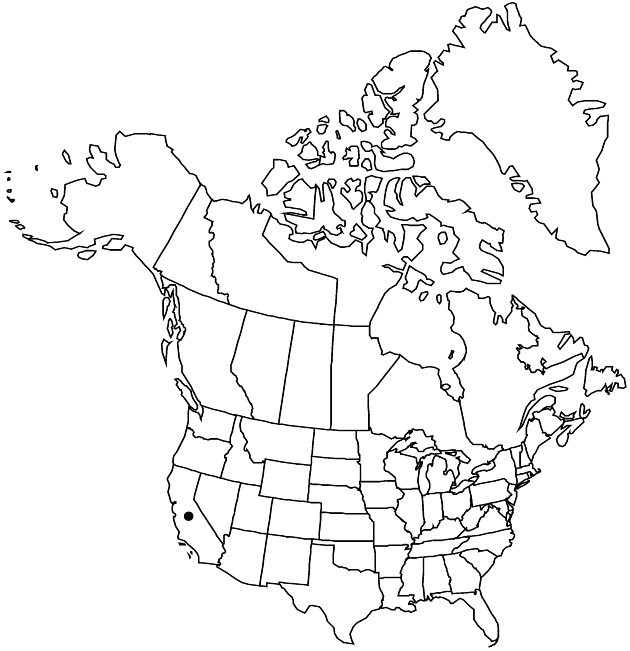Difference between revisions of "Layia leucopappa"
Madroño 3: 17. 1935.
FNA>Volume Importer |
FNA>Volume Importer |
||
| Line 33: | Line 33: | ||
-->{{#Taxon: | -->{{#Taxon: | ||
name=Layia leucopappa | name=Layia leucopappa | ||
| − | |||
|authority=D. D. Keck | |authority=D. D. Keck | ||
|rank=species | |rank=species | ||
| Line 48: | Line 47: | ||
|publication year=1935 | |publication year=1935 | ||
|special status= | |special status= | ||
| − | |source xml=https://jpend@bitbucket.org/aafc-mbb/fna-data-curation.git/src/ | + | |source xml=https://jpend@bitbucket.org/aafc-mbb/fna-data-curation.git/src/eaa6e58056e40c9ef614d8f47aea294977a1a5e9/coarse_grained_fna_xml/V19-20-21/V21_650.xml |
|tribe=Asteraceae tribe Heliantheae | |tribe=Asteraceae tribe Heliantheae | ||
|subtribe=Asteraceae (tribe Heliantheae) subtribe Madiinae | |subtribe=Asteraceae (tribe Heliantheae) subtribe Madiinae | ||
Revision as of 19:38, 16 December 2019
Plants 8–60 cm (self-incompatible); glandular, not strongly scented. Stems not purple-streaked. Leaf blades oblong to oblanceolate, 6–50(–80) mm, margins (basal leaves) toothed to lobed. Involucres hemispheric to depressed-hemispheric, 3.5–8(–11) × 4–10(–13) mm. Phyllaries 6–15, apices longer or shorter than folded bases. Paleae in 1 series between ray and disc florets. Ray florets 6–15; laminae white, 3–12(–19) mm. Disc florets 20–100+; corollas 2.5–5 mm; anthers yellow to brownish. Ray cypselae sparsely hairy. Disc pappi 10–13 white, lanceolate, acuminate, ± equal scales 2–3.5 mm, not plumose, not adaxially woolly (bases sparsely setose). 2n = 14.
Phenology: Flowering Mar–Apr.
Habitat: Grasslands, openings in chenopod scrub (historically), on sparsely-vegetated, clayey, subalkaline soils
Elevation: 100–400 m
Discussion
Of conservation concern.
Layia leucopappa occurs in the Comanche and Tejon hills (western Tehachapi Range). Populations of the southern San Joaquin Valley (south and east of Bakersfield) have been extirpated.
Selected References
None.
